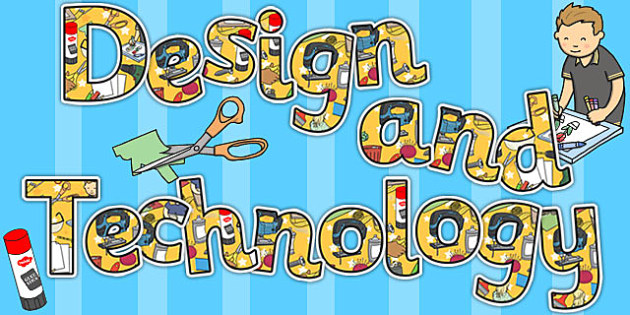Key stage 2
Through a variety of creative and practical activities, pupils should be taught the knowledge, understanding and skills needed to engage in an iterative process of designing and making. They should work in a range of relevant contexts [for example, the home, school, leisure, culture, enterprise, industry and the wider environment].
When designing and making, pupils should be taught to:
Design
• use research and develop design criteria to inform the design of innovative, functional, appealing products that are fit for purpose, aimed at particular individuals or groups
• generate, develop, model and communicate their ideas through discussion, annotated sketches, cross-sectional and exploded diagrams, prototypes, pattern pieces and computer-aided design
Make
• select from and use a wider range of tools and equipment to perform practical tasks [for example, cutting, shaping, joining and finishing], accurately
• select from and use a wider range of materials and components, including construction materials, textiles and ingredients, according to their functional properties and aesthetic qualities
Evaluate
• investigate and analyse a range of existing products
• evaluate their ideas and products against their own design criteria and consider the views of others to improve their work
• understand how key events and individuals in design and technology have helped shape the world
Technical knowledge
• apply their understanding of how to strengthen, stiffen and reinforce more complex structures
• understand and use mechanical systems in their products [for example, gears, pulleys, cams, levers and linkages]
• understand and use electrical systems in their products [for example, series circuits incorporating switches, bulbs, buzzers and motors]
• apply their understanding of computing to program, monitor and control their products

